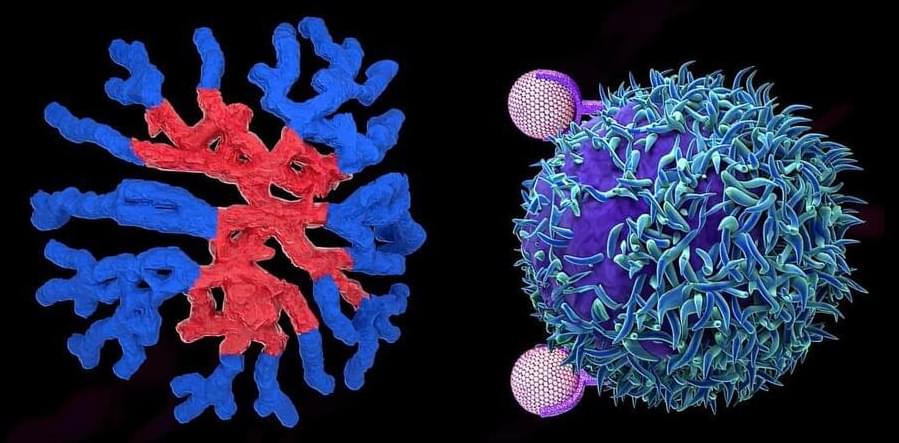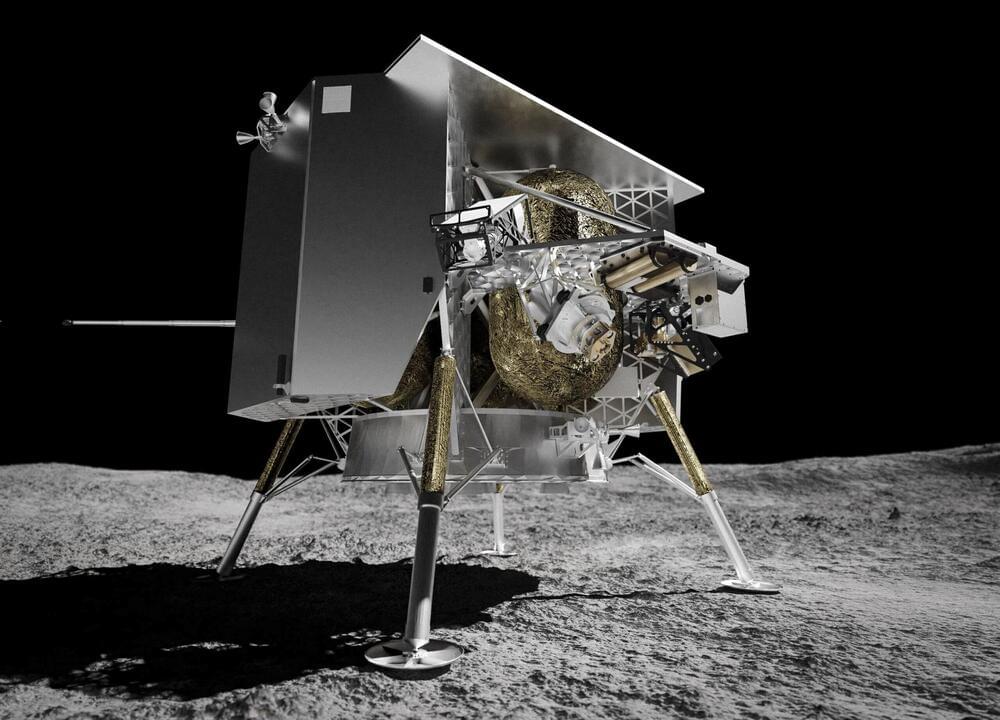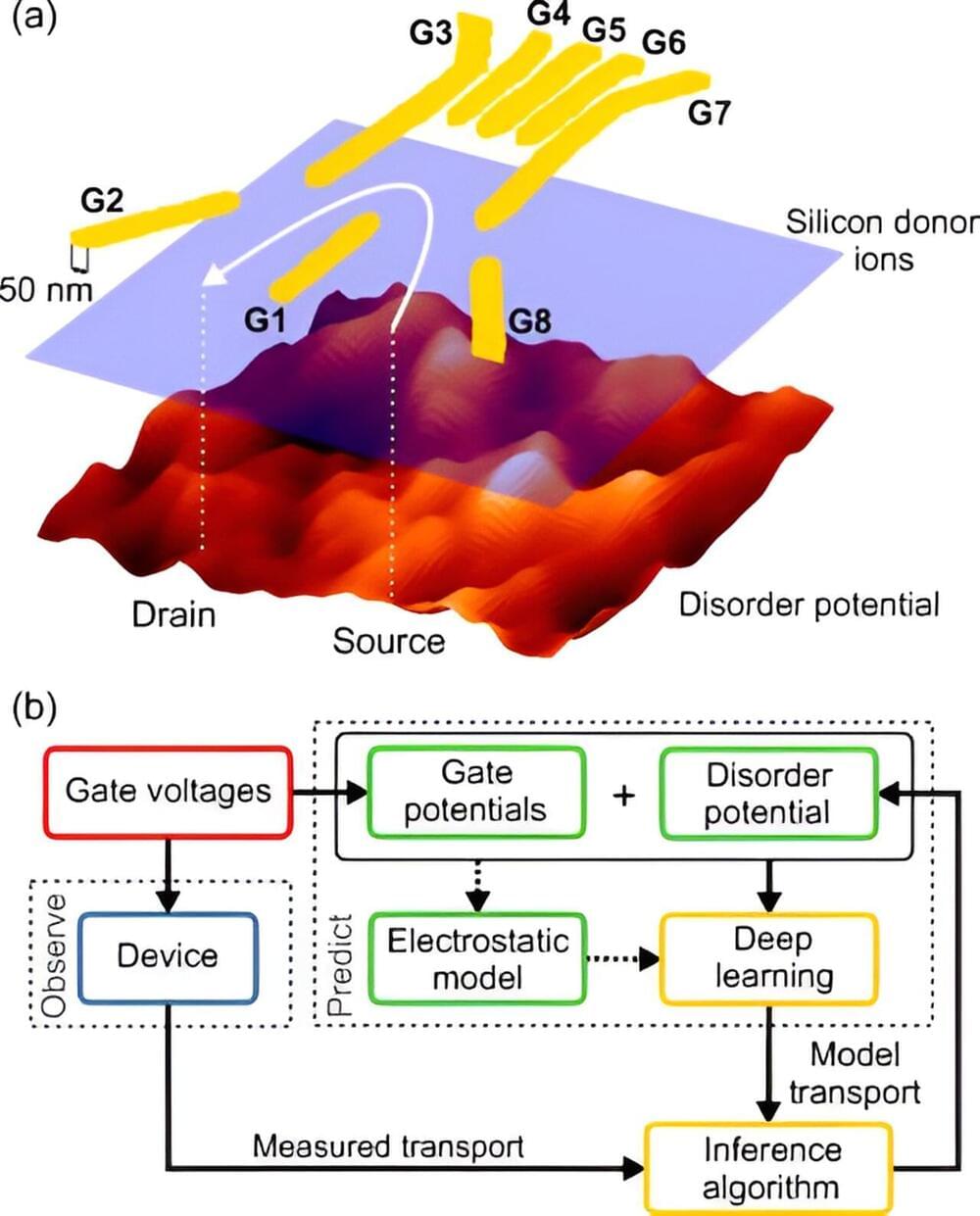Adam Stern is Founder and CEO of Infinitely Virtual, provider of cloud technology solutions, based in Los Angeles. Twitter: @iv_cloudhosting
Back in the 1960s, when the U.S. faced off against the Soviets, MAD Magazine initiated a snarky proxy war in the form of a recurring comic strip that pitted two animated spies attempting to outsmart each other. In “Spy vs. Spy,” there were no permanent victors.
Fast forward to the ChatGPT generation. In cybersecurity, it’s AI vs AI now, and the black-hatted figure versus the guy in the white hat is no longer as binary as it once was.








